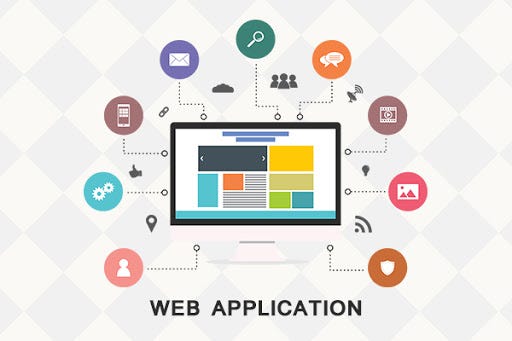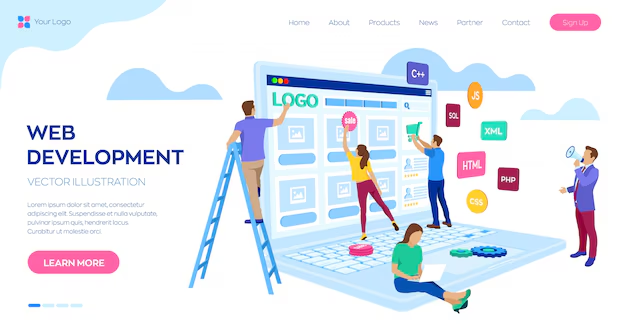9:30 AM 6:30 PM
Mon - Fri

A web application is a software application that runs on a web server and is accessed through a web browser, rather than being installed on a user's device. It enables users to interact with data and perform tasks through a web interface, making it platform-independent (meaning it works across different operating systems, such as Windows, macOS, Android, and iOS). Web applications are widely used for tasks ranging from communication to e-commerce, social networking, project management.

Web applications are built on the client-server architecture, which separates the responsibilities of the client (the user interface) and the server (the data processing and business logic). The client refers to the web browser or device used by the end user to interact with the application. It sends requests to the server, which is a remote machine that stores the application’s logic and data. The server processes the requests, interacts with databases if necessary, and sends back a response to the client, often in the form of data or HTML content. This architecture enables efficient communication, scalability, and flexibility, as the client and server can evolve independently, making it easier to update and manage the application.

A web application is also built around the separation between frontend and backend. The frontend is the part of the application that users interact with directly. It involves everything they see on the screen, such as the layout, buttons, forms, and text, and it is typically built using HTML, CSS, and JavaScript. The backend, on the other hand, is responsible for handling data processing, business logic, and database interactions. It runs on the server, providing the necessary data and instructions that the frontend needs to present to the user. The frontend and backend communicate via APIs (often RESTful APIs), allowing them to function independently while working together seamlessly to deliver a dynamic and interactive user experience. This separation helps in optimizing performance, scalability, and maintainability of the web application.
We start by understanding your business goals and the purpose of your web application. Through consultations, we identify user needs, challenges, and industry trends to build a product that addresses both business and user requirements.
We develop a strategic roadmap for the web application, focusing on key functionalities, user journey, and technical architecture. We define project scope, set milestones, and outline the user flow to ensure clear objectives and timelines.
We design the wireframes and prototypes to visualize how the application will look and behave. This stage allows us to gather feedback on the user interface and experience before moving to the development phase.
Our developers build the web application using the latest technologies, ensuring scalability, security, and performance. We integrate necessary features and APIs while maintaining a clean codebase and smooth user experience.
We perform rigorous testing, including functional, usability, and performance testing, to ensure the web application works across all devices and browsers. We resolve bugs, improve functionality, and enhance user interactions.
Once everything is ready, we deploy the web application to production. We ensure seamless deployment, making sure everything works smoothly and that the users can access the application without issues.
After launch, we offer continuous monitoring and updates to ensure the web application stays secure, updated, and optimized for better user engagement and performance.



